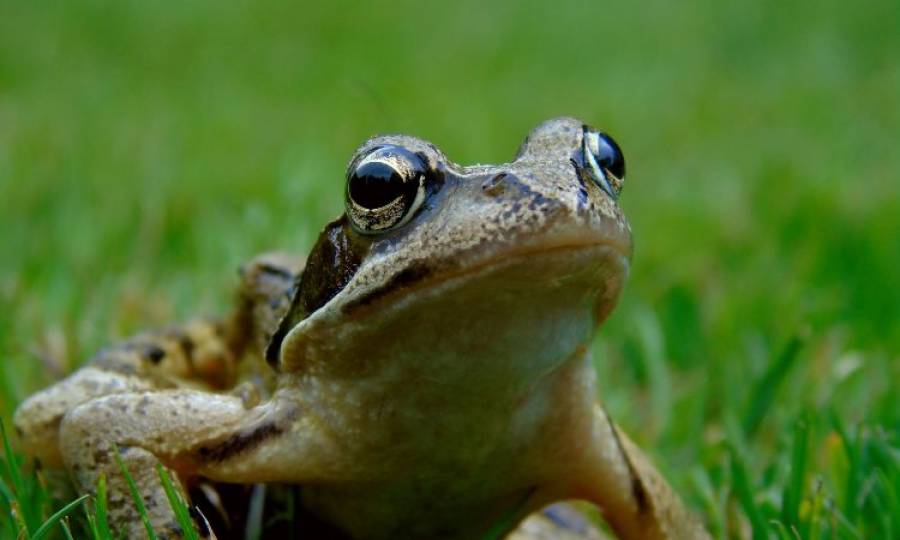Study reveals facts on a new frog disease

QUEENSLAND: A new research aiming to solve the mysteries of a disease harming frog populations has given some surprising discoveries that may revolutionise how scientists tackle the outbreak.
Dr Donald McKnight, researcher and biologist at James Cook University, stated the illness of chytridiomycosis had caused reductions or extinctions in over 500 species of frogs globally.
Dr Donald McKnight stated, as an example, that Australian lace-lid frog populations were wiped out in highland areas and remain missing. Still, the waterfall frog had the same experience but, starting in the early 2000s, began recolonising upland sites. In contrast, the stony creek frog did not visibly drop at any level.
Scientists evaluated the bacterial and fungal microbiomes of four Australian frog species from the same location, exhibiting distinct responses to chytridiomycosis.
They observed microbiomes were varied for each frog species and that they may have had a role in patterns of declines and recoveries.
The species that showed the lowest capacity to recover, lace-lids, was also the species with the fewest kinds of bacteria and fungus. That parallels what several other researchers have observed and shows that different microbiomes may be crucial.
He added the relative quantity of what had been thought of as protective, anti-fungal bacteria was highest in the Australian lace-lid frog and lowest in the waterfall frog despite the fact that lace-lid numbers had not recovered while waterfall frogs mostly did.
Dr McKnight said the findings offer scientists with more questions and a range of possible answers.
He believed the finding had major conservation implications. In laboratory experiments, seeding amphibians with anti-fungal bacteria (probiotics) typically decreases mortality and permits frogs to resolve infections or reduce infection intensity.
As per Dr McKnight, probiotics are commonly regarded a viable technique for reducing illness in wild populations and helping population recoveries. Unfortunately, research results imply that this technique may not work unless probiotics employ a varied variety of bacteria, and they may need to be particularly customised for each frog species.
Trending
Popular
Sindh pledges vigorous action to prevent poliovirus transmission
-
PMA stresses health equity on World ...
04:08 PM, 9 Apr, 2024 -
Dow University’s new rabies vaccine ...
12:18 PM, 28 Mar, 2024 -
IRD role lauded in advancing ...
02:53 PM, 12 Mar, 2024 -
Over one billion people worldwide ...
09:48 AM, 5 Mar, 2024




